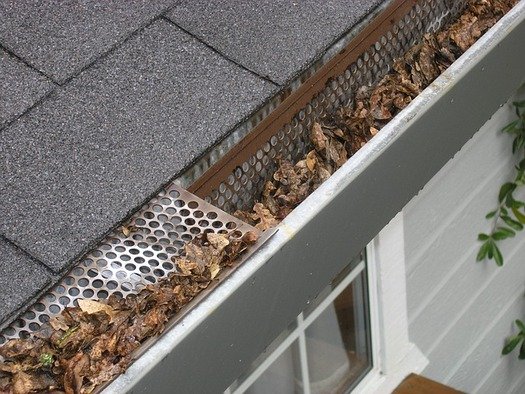Your kitchen sink is one of the most frequently used and essential components of your kitchen. From washing dishes to preparing food, it plays a vital role in maintaining cleanliness and hygiene. However, if not cleaned and disinfected properly, it can become a breeding ground for harmful bacteria and germs.
In this guide, we will walk you through how to properly clean and disinfect your kitchen sink, and the steps to effectively clean and disinfect your kitchen sink, ensuring a safe and sanitary environment for your culinary adventures.
Gather the Necessary Supplies

Before diving into the cleaning process, it’s crucial to gather all the necessary supplies. Here’s what you’ll need:
- Dish soap or a mild detergent
- Baking soda
- White vinegar
- Lemon
- Soft sponge or cloth
- A toothbrush or small brush
- Rubber gloves
- Paper towels or clean cloth
Clear Out and Prepare the Sink
Before you begin cleaning, remove any dishes, utensils, or debris from the sink. Having a clear workspace will allow you to thoroughly clean every surface. Additionally, put on a pair of rubber gloves to protect your hands from harsh chemicals and hot water.
Start with a Basic Clean
To start the cleaning process, follow these steps:
- Rinse the sink with warm water to remove any loose dirt or food particles.
- Apply a few drops of dish soap or mild detergent to a soft sponge or cloth.
- Scrub the entire sink, including the sides and bottom, using circular motions to remove stains and residue. Pay extra attention to areas around the drain and faucet.
- Rinse the sink thoroughly with warm water to remove the soap.
How to Clean and Maintain Your Home’s Granite Countertops: 10 Top Tips and Tricks
Tackle Stubborn Stains with Baking Soda
If your sink has stubborn stains or mineral deposits, baking soda can come to the rescue. Here’s how to use it effectively:
- Sprinkle a generous amount of baking soda directly onto the stains.
- Moisten a soft sponge or cloth and gently scrub the stained areas.
- Continue scrubbing until the stains begin to fade.
- Rinse the sink thoroughly with warm water to remove the baking soda residue.
Deodorize with Lemon and Vinegar
To give your kitchen sink a fresh and pleasant scent, you can use the power of lemon and vinegar. Here’s what to do:
- Cut a lemon in half and squeeze the juice into the sink.
- Rub the lemon halves against the sides and bottom of the sink, allowing the natural acids to break down grime and odours.
- Alternatively, you can pour half a cup of white vinegar into the sink.
- Let the lemon juice or vinegar sit in the sink for a few minutes to work its magic.
- Rinse the sink thoroughly with warm water to remove any lemon or vinegar residue.
Pay Attention to the Drain
The drain of your kitchen sink can accumulate unpleasant odours and debris over time. Here’s how to keep it clean:
- Mix equal parts baking soda and white vinegar to create a fizzy solution.
- Pour the solution down the drain and let it sit for a few minutes.
- Flush the drain with hot water to rinse away the solution and any loosened debris.
- For stubborn odours, you can also add a few drops of essential oil down the drain.
Disinfect and Kill Germs
Cleaning alone is not enough—you also need to ensure your kitchen sink is properly disinfected. Follow these steps to eliminate germs effectively:
- Fill the sink with warm water and add a small amount of bleach or a disinfectant cleaner.
- Allow the water to sit in the sink for a few minutes to ensure thorough disinfection.
- Use a soft sponge or cloth to wipe down all surfaces of the sink, including the faucet and handles.
- Rinse the sink thoroughly with warm water to remove any remaining disinfectant.
Final Touches and Drying
To complete the cleaning process, give attention to the final touches and drying:
- Wipe down the sink with a clean cloth or paper towel to remove excess moisture.
- Pay close attention to the faucet, handles, and any other metal parts to prevent water spots.
- If your sink is stainless steel, you can give it a shine by applying a small amount of olive oil and buffing it with a soft cloth.
Conclusion
A clean and hygienic kitchen sink is essential for maintaining a healthy environment in your home. By following the steps outlined in this guide, you can ensure that your kitchen sink remains free from bacteria and germs. Remember to clean your sink regularly to prevent the buildup of dirt and stains. With proper care, your kitchen sink will not only look sparkling clean but will also contribute to a safe and enjoyable cooking experience.













